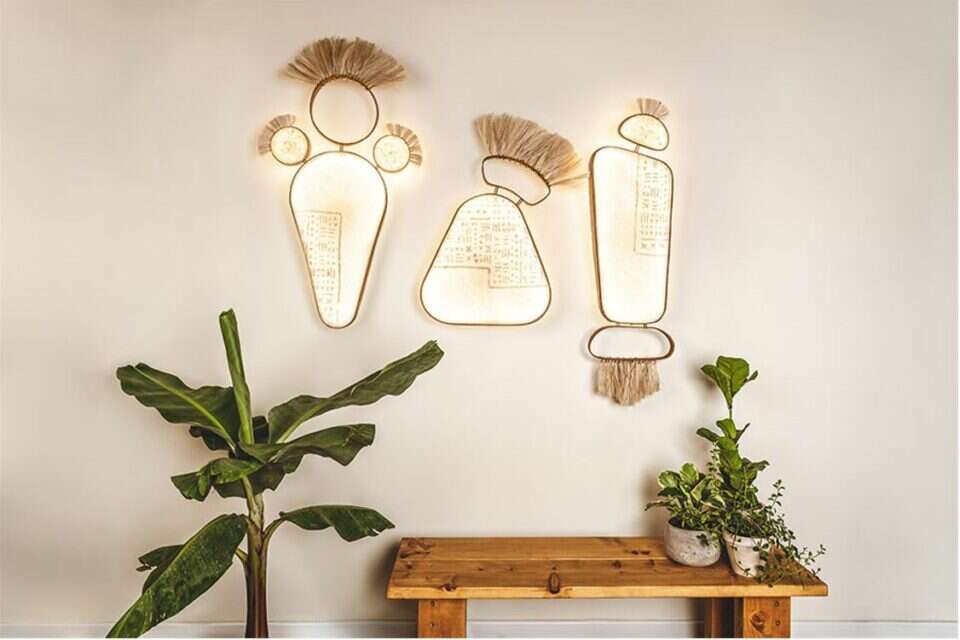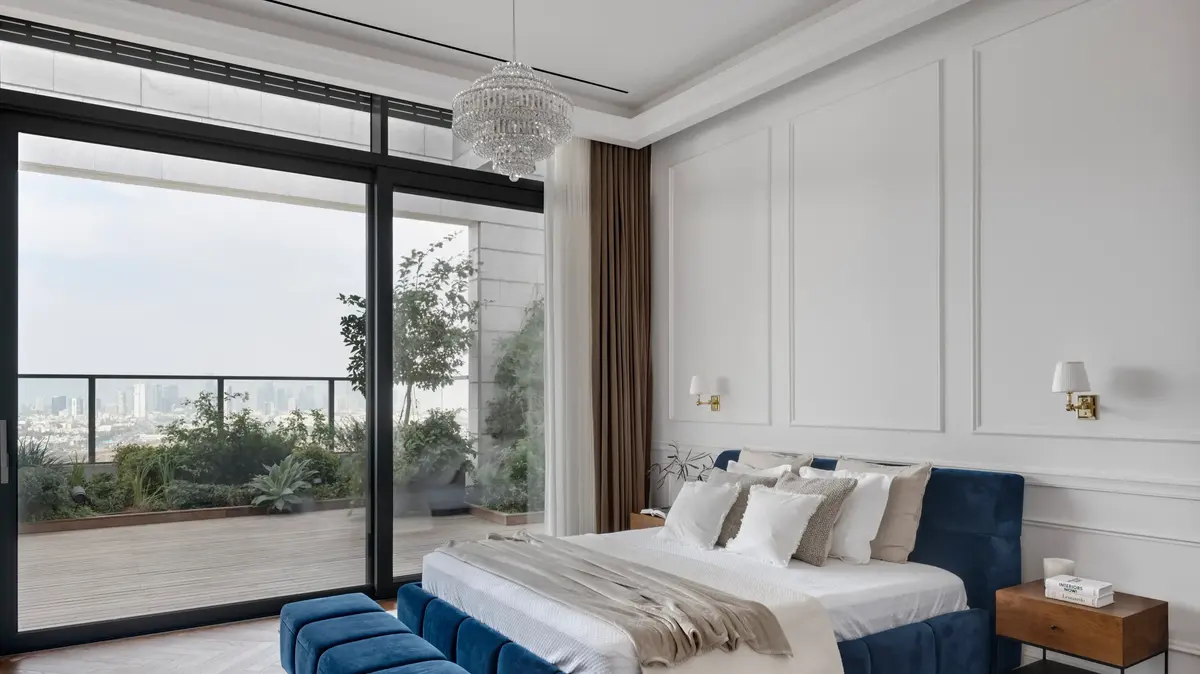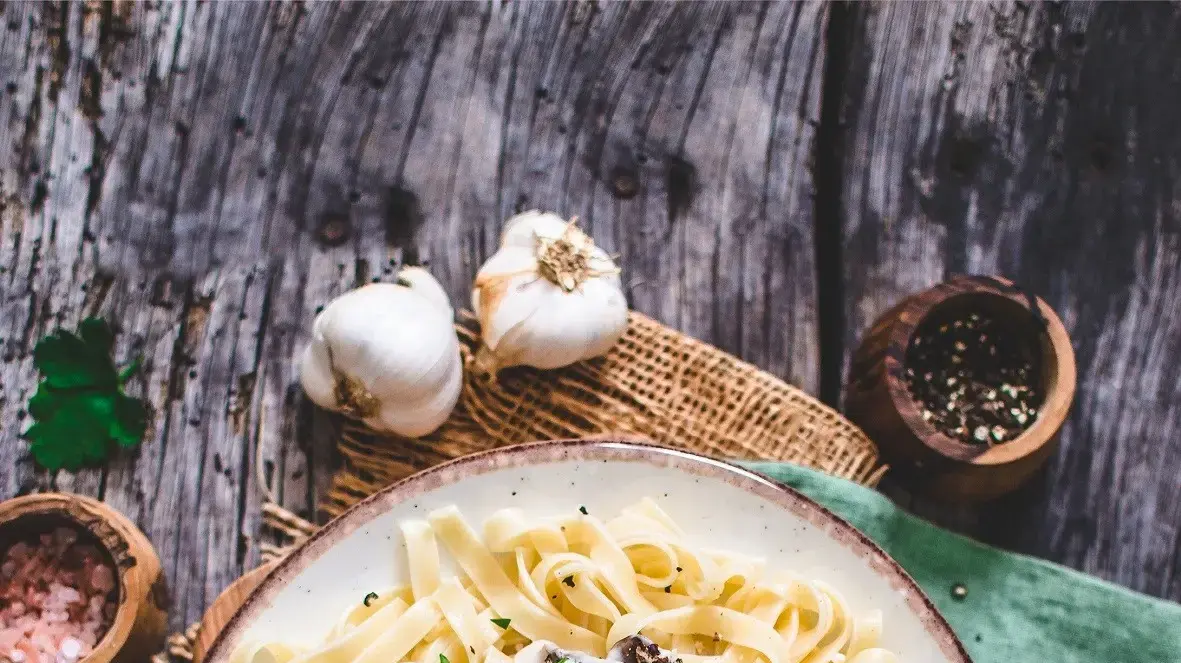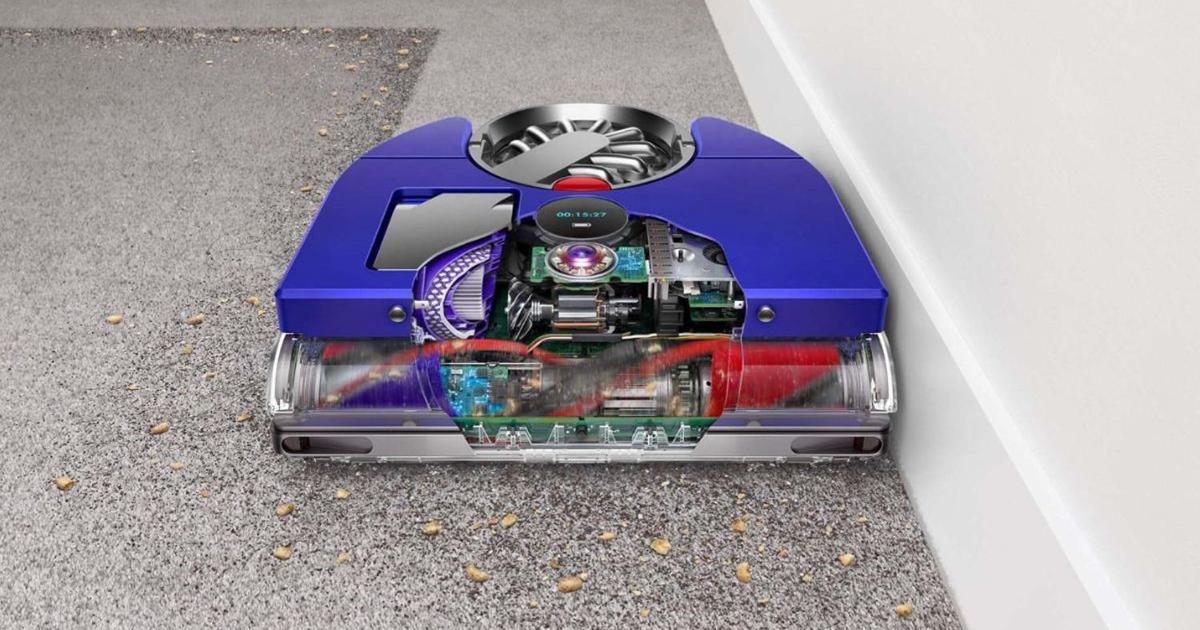On the occasion of International Vegan Day, which will be celebrated on November 1, we chose to dedicate the section to veganism in the field of home design - and even we were surprised to find out how much already exists in the field.
Along with solutions of genetic engineering and tissue engineering, thanks to which vegan meat has been developed in recent years, the field of plants is also flourishing in everything related to the fashion worlds, and is slowly penetrating the field of home design as well.
When it comes to plants, the field of veganism also includes the values of recycling.
All the items in the article are ones that are made from agricultural waste - that is, the consumer enjoys an item that is both vegan but also recycled in some way.
The practice of turning agricultural waste into materials used to make home decor items almost always requires a touch of traditional production techniques, which is another reason to love vegan materials.
Some need to go through certain drying stages, others require peeling a certain layer, and more.
The vegan production that relies on plant debris illustrates how accessible the ingredients are, and how fascinating it is to make your own stand for recycled banana stem newspapers.
The article in front of you incorporates projects of students who were given a task for vegan production, along with large companies that engraved this production on a banner.
Document files from corn starch
During a study conducted by Noa Barda, as part of a project in the Department of Industrial Design at HIT Holon Institute of Technology, she examined various uses of reusable bags made of environmentally harmful materials - nylon, non-woven fabric and fabric. She realized that intuitively these bags become a bag upon completion of their intended use, by virtue of being more durable and functional than paper bags. Its choice of corn starch, which is extracted from the kernel of corn germ and degrades under compost conditions, was because of its durability. Corn starch is used in the packaging industry, as an interior that gives new features to the familiar paper bag, such as flexibility, durability, tightness and heat connection. Breda used existing technologies in the packaging market during production, which allowed it to create hard and soft, opaque and transparent areas, in order to deepen the design and aesthetic characteristics of the final product. The bag can be used as a carrying case and can be a document bag designed for the office desk, or even a type of stand for magazines.
Bags that are also a handbag or a document bag for the desktop, corn starch, Noa Barda, Department of Industrial Design at HIT Holon Institute of Technology, Photo: Noa Barda
Banana tree light fixtures
Banana stems are mainly used for weaving baskets and ropes, but are usually burned after cutting.
Translated into numbers, one ton of fruit produces two tons of waste that is transferred to combustion, thus creating destructive gas emissions and high air pollution.
The lighting fixtures designed by Adi Maoz use different parts of the banana tree waste.
The body designs use different types of papers created by Maoz from different stem parts and fibers that are connected by wraps inspired by techniques from the world of brush making.
Lighting fixtures made from banana waste are produced using traditional, hand-made work techniques.
Lighting fixtures made from agricultural waste of banana trees, Adi Maoz, BANA, Department of Industrial Design at HIT Holon Institute of Technology, Photo: Adi Maoz
The lampshade is made of banana paper, so the fibers that were scraped from the inside of the trunk were dried and form a kind of decorative fringes, Adi Maoz, BANA, Department of Industrial Design at HIT Holon Institute of Technology, Photo: Adi Maoz
Working with banana leaves and vegan production
Vegan skin pineapple
Costa Rica is the largest pineapple exporter in the world and exports $ 1 billion a year, and is responsible for 47 percent of the world's pineapple exports, which is about 5 million tons of agricultural waste.
Designer and businesswoman Irma Orenstein was recently involved in the development of an ecosystem for the production of plant skin from pineapple leaves in the jungles of Costa Rica.
Orenstein's development with Nova Milano, which she founded for the project, provides a solution for the leather industry.
The company has built a sustainable supply chain ecosystem that will produce plant skin and be based on 100 percent renewable energy from the jungles of Costa Rica, characterized by rich and fertile soil, whose agricultural by-products are suitable for vegan skin formation.
The production journey begins with the owners of the pineapple being harvested, switched to fabric production and creating products for the end consumer.
The leaves from the leaves and debris create nutrients for the soil or for the production of biofuels.
The final product, a vegetable leather sheet, is an alternative to the use of skins for both the fashion industry and the furniture industry.
The company uses raw materials that come from agricultural waste such as pineapple leaves, which are usually burned or left to rot.
Sports balls made of vegan skin made from pineapple leaf waste, Photo: Nova Milan
Vegan leather sheets, made from pineapple leaf waste, developed for use in the furniture industry, Photo: Nova Milan
Bamboo silk
Silk made from bamboo branches is vegan silk, which produces an alternative to using the silkworm to make the material.
It is a sustainable, ecological material that includes the main properties of natural silk.
The fiber has a refined sheen and a smooth texture that characterizes real silk.
In the field of home design, colored silk is mainly used for carpet production.
The use of bamboo ensures durability over the years, and it does not require special care or maintenance.
SETI rug is made according to a traditional Tibetan weaving technique, made of 100% bamboo silk, netto, Photo: Netozi Studio
Rugs and tiles from Hemp
Hemp (cannabis) is the nickname for cannabis used for industrial purposes.
It is a crop whose first evidence of its use appeared about 8,000 years BC.
The material was used to make ropes, and even the first American flag is made from a fabric made of hemp.
The carpet industry was one of the most prominent in the field of home design which adopted the use of the material for the purpose of dressing the interior spaces.
Noa Paul, an industrial design student at the Holon Institute of Technology, challenged the use of the material and created cannabis tiles in her final project.
Hemp is considered an agricultural crop with minimal requirements.
It needs little water, can be grown in almost any climate and usually does not require the use of pesticides.
Over time we will meet it more and more uses, especially in the textile field.
Tiles made from cannabis strains, Noa Paul, Department of Industrial Design at HIT Holon Institute of Technology, Photo: Noa Paul
Natural-colored Pattaya rug made from terrorists derived from the hemp hemp plant, wool beautiful rugs, Styling: Maya Livnat Harush, Photo: Regev Kalaf
Black Pattaya rug made from terrorists derived from the hemp hemp plant, wool beautiful rugs, Styling: Maya Livnat Harush, Photo: Regev Kalaf









